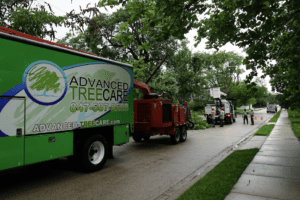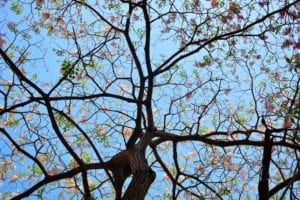Tree Care Services for Homeowners
As a homeowner, you’re responsible for the health and care of the trees on your property. That includes not only emergency care or removal but also the ongoing maintenance that keeps your trees healthy and thriving. At a detailed level, what are the various residential tree care services—and what does service entail?
Residential Tree Care Services
Tree pruning
Simply put, regular tree pruning produces strong, healthy, and attractive trees. Trees are pruned for a variety of reasons, including for aesthetics—to create a pleasing shape—and for safety, so that weak or damaged branches don’t break off in storms. A certified arborist directs pruning, which can be conducted in most seasons for most types of trees (some species do best with pruning during dormancy).
- Class 1, or fine pruning, refers to a very detailed inspection in which the full tree is pruned, tip to stem. All dead limbs are removed, and branches are thinned. Fine pruning contributes to canopy shaping and is the most common type of pruning for residential projects.
- Class 2 is general pruning, which is a less extensive—and expensive—type of pruning for residential projects. Only dead limbs are removed. Though less costly per service, general pruning does need to be performed more frequently.
- Class 3, also called safety pruning, concerns the removal of dangerous limbs that could pose a safety hazard in high winds, intense storms, or with the added weight of snow or ice.
Tree removal
Trees are removed for various reasons, including disease, decline, and damage. Because tree removal can be complex and dangerous, it is best conducted by a professional tree service led by a certified arborist. Experienced staff determine the best way to remove a tree to avoid property damage and minimize safety concerns.
Tree stump removal
Stump removal is conducted after the rest of the tree has been removed. Stump grinding is the most effective form of stump removal. There are five different methods for stump grinding, and a certified arborist will help determine which is the most effective way for a particular project or situation.
Land clearing and restoration
Some residential projects require a fresh start. New construction or extensive renovation often require planting a residential landscape from scratch. An experienced staff can remove old, dead, diseased, or unsuitable trees and plants and design a new landscape for a residential site.
Maintenance programs
Our programs give trees proper service and periodic care so they look their best and thrive at their healthiest. Our two primary programs are Advanced Gold and Advanced Silver. We work with homeowners to determine the right fit for the budget and need.
Tree identification and inventory
A full tree inventory creates a baseline for monitoring and caring for the health of your trees—in the most efficient way possible. It catalogs the species and condition of your property’s trees and notes the presence of any invasive species or problematic pests. Like a plat of survey, the tree inventory notes the position of every tree on the property.
Advanced thermal tree imaging
As trees grow, their structures need to be managed to preserve property safety. With the use of infrared technology, examining trees becomes a quick and cost-effective task. Areas that are not visible to the naked eye become very visible to a FLIR (forward-looking resonance imaging) system—and this information allows a certified arborist to make informed decisions regarding treatment or management.
Advanced Tree Care combines top-notch equipment, cutting-edge technology, and well-trained staff to provide emergency tree removal and tree maintenance services. With a presence in nine counties and two states, we work daily to provide unparalleled customer service, safety, and efficiency—as well as the expertise to beautify your landscaping and community. Advanced Tree Care isn’t just our name—it’s also our purpose!

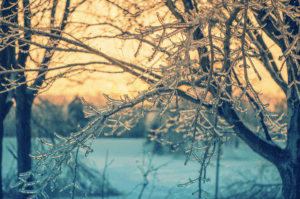 Think of your own health. Some people only go to the doctor when something is wrong. Sometimes, the doctor can fix you, but if you have waited too long to check out a problem, there may be more permanent damage. As such, health advocates usually recommend people get annual check-ups so the doctor can catch any problems before they become too serious.
Think of your own health. Some people only go to the doctor when something is wrong. Sometimes, the doctor can fix you, but if you have waited too long to check out a problem, there may be more permanent damage. As such, health advocates usually recommend people get annual check-ups so the doctor can catch any problems before they become too serious.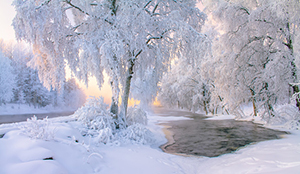 The timing for your winter preparation can be extended through several months. Some steps can be done earlier, while some steps require more precise timing.
The timing for your winter preparation can be extended through several months. Some steps can be done earlier, while some steps require more precise timing.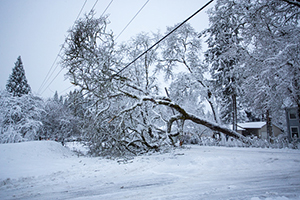 A primary reason many homeowners choose to plant trees around their property is to
A primary reason many homeowners choose to plant trees around their property is to 